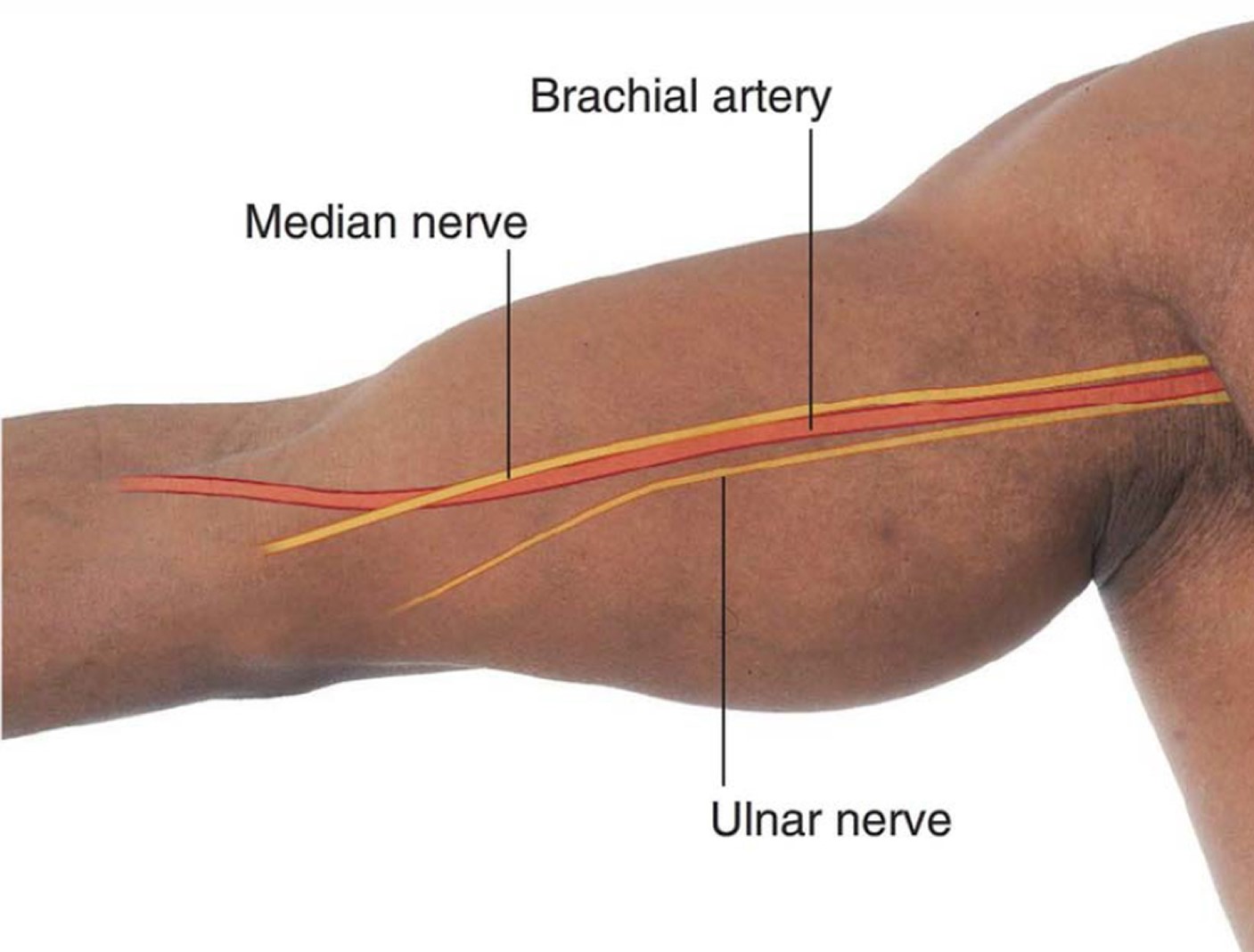
The human body is a fascinating and intricate marvel, with various systems and organs working seamlessly to ensure our survival. Among these intricate systems is the circulatory system, responsible for transporting oxygen, nutrients, and hormones throughout the body. Within this system lies the brachial artery, a significant blood vessel that plays a crucial role in the upper extremities’ blood supply.
The brachial artery runs from the shoulder down to the elbow, supplying vital oxygenated blood to the arm muscles and surrounding tissues. While it may seem like a mundane part of our anatomy, the brachial artery holds some truly astonishing facts that may leave you in awe of the human body’s complexity. In this article, we will explore 12 unbelievable facts about the brachial artery, shedding light on its functions, characteristics, and the vital role it plays in our overall health. So, buckle up and prepare to delve into the fascinating world of the brachial artery!
Key Takeaways:
- The Brachial artery is a vital pathway for blood flow, supplying oxygen and nutrients to the arm muscles and tissues, and playing a key role in measuring blood pressure and medical procedures.
- It is important to protect the Brachial artery from injury, as it is vulnerable to lacerations and punctures, and to appreciate its role in blood donation, diagnostic tools, and surgical procedures.
The Brachial Artery: A Vital Pathway for Blood Flow
The Brachial artery is a crucial blood vessel that plays a significant role in maintaining proper blood circulation in the human body. It is a major branch of the main artery in the upper arm, known as the brachiocephalic trunk.
A Lifeline for the Arm
The Brachial artery acts as the main supply route for oxygenated blood, nutrients, and other essential substances to reach the muscles and tissues of the arm.
Location, Location, Location
The Brachial artery begins at the shoulder and extends down to the elbow, where it divides into two smaller branches – the radial artery and the ulnar artery.
Pulse Point Identification
The Brachial artery is commonly used to measure blood pressure in medical settings. It can be easily felt by placing gentle pressure on the inner side of the upper arm, just above the elbow crease.
Blood Supply to the Forearm
The Brachial artery delivers oxygen-rich blood to the muscles and tissues of the forearm, allowing them to perform various movements and functions.
An Essential Role in Arterial Line Placement
Medical professionals often rely on the Brachial artery for the insertion of arterial catheters or arterial lines, which are used to monitor blood pressure continuously.
Vulnerability to Injury
The Brachial artery is positioned relatively close to the surface in the upper arm, making it more susceptible to injuries such as lacerations or punctures.
Collateral Circulation Potential
In the case of a blockage or injury to the Brachial artery, collateral circulation can help to maintain blood flow to the arm through alternative routes.
Relationship with the Median Nerve
The Brachial artery is often found in close proximity to the median nerve, which is responsible for supplying sensation and motor function to a portion of the hand.
Role in Blood Donation
The Brachial artery is sometimes used as a site for blood draws or blood donations, as it offers a convenient and easily accessible location.
A Diagnostic Tool for Vascular Disorders
Doctors may use a Doppler ultrasound to evaluate the flow of blood within the Brachial artery, helping diagnose conditions such as thrombosis or peripheral artery disease.
Surgical Procedures and the Brachial Artery
Surgeons may utilize the Brachial artery as a graft for various surgical procedures, such as coronary artery bypass surgeries or vascular reconstructions.
So there you have it – 12 unbelievable facts about the Brachial artery that shed light on its crucial role in our circulatory system. Next time you feel your pulse or donate blood, remember the significance of this remarkable blood vessel!
Conclusion
In conclusion, the brachial artery is a fascinating and vital part of the human anatomy. Its role in delivering oxygenated blood to the arm and maintaining proper blood flow cannot be overstated. Understanding the structure and function of the brachial artery is crucial for medical professionals and individuals alike.
From its origins in the axillary artery to its branching into the radial and ulnar arteries, the brachial artery traverses a remarkable journey. Its ability to adapt and compensate when needed demonstrates the incredible resilience of the human body.
Learning about the brachial artery allows us to appreciate the complexity and interconnectedness of our physiology. Whether by studying medical textbooks or conducting research, we can continue to unlock the mysteries of the human body and advance our understanding of human health.
FAQs
1. What is the brachial artery?
The brachial artery is a major blood vessel located in the upper arm. It supplies oxygenated blood to the muscles and tissues of the arm.
2. Where does the brachial artery originate?
The brachial artery originates from the axillary artery, which is a continuation of the subclavian artery.
3. What is the function of the brachial artery?
The main function of the brachial artery is to deliver oxygenated blood to the arm and facilitate the exchange of nutrients and waste products in the tissues.
4. Can the brachial artery be affected by disease?
Yes, the brachial artery can be affected by various conditions, including atherosclerosis, thrombosis, and aneurysm. These conditions can restrict blood flow or cause structural abnormalities in the artery.
5. How is the brachial artery evaluated in medical practice?
The brachial artery can be evaluated using non-invasive techniques such as ultrasound or Doppler imaging. These tests provide information about the blood flow, diameter, and any potential abnormalities in the artery.
Exploring brachial artery facts piques curiosity about cardiovascular health. Delve deeper into vascular surgery mysteries with surprising surgeon insights. Uncover astonishing cardiology revelations that'll make hearts race. Don't miss eye-opening facts about World Hypertension Day, shedding light on blood pressure management. Embark on captivating journeys through medical marvels, uncovering knowledge that empowers well-being.
Was this page helpful?
Our commitment to delivering trustworthy and engaging content is at the heart of what we do. Each fact on our site is contributed by real users like you, bringing a wealth of diverse insights and information. To ensure the highest standards of accuracy and reliability, our dedicated editors meticulously review each submission. This process guarantees that the facts we share are not only fascinating but also credible. Trust in our commitment to quality and authenticity as you explore and learn with us.


